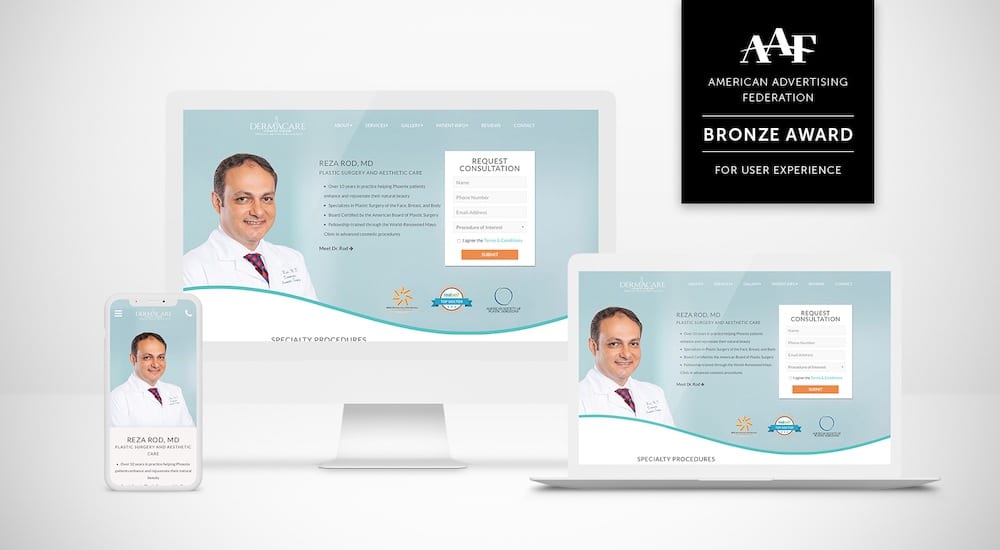
As we receive more and more requests to either build or rebuild websites for clients, there are 3 major elements that, when applied correctly, drastically improve user-experience and encourage further engagement with content. 46.1% of people say a website’s design is the number one criterion for discerning the credibility of the company*.
1. Less is more – Everyone is constantly on the move, which means attention spans are becoming shorter and shorter. Here at Firm Media, we suggest our clients remove any and all unnecessary information from the homepage and get straight to the point. This way we can highlight the most important messages “…who are you, what do you do, and why should I choose YOU”. Once this message is effectively communicated to the consumer, our user-friendly design and clear, concise content encourages visitors to browse through more of the site.
2. An image is worth a thousand words – We treat our client’s websites like a storefront; wherein the images used are chosen carefully to represent that company’s particular culture and values. Even if we use stock photos, the color treatment, texture and theme match our client’s existing or desired branding. Our goal is to ensure that the site’s visitors have the same feeling online as they would stepping into the company’s actual office.
3. Responsive design – This is a huge one! Statistics show, more and more people are accessing websites through their mobile devices. Therefore, we highly recommend implementing a responsive website layout that works across all different platforms—from the user’s desktop to her mobile device. All of our layouts are strategically designed to rearrange and resize in accord to the device used without sacrificing the hierarchy of information.
These are the essential elements that are taken into great consideration when building/rebuilding websites for our clients.
Now it’s time to hear from you; what do you take into consideration when building a site? What do you want to get out of a website? How would your site ideally function? Let us know!
*Source: Stanford Persuasive Technology Lab









